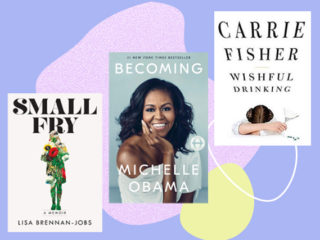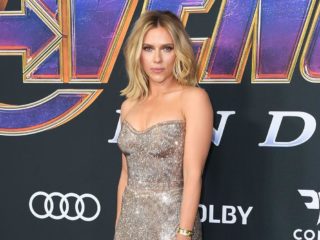Did you ever notice how rare it is to see strong female protagonists in books? If there were any, they are mostly love stories or about sex. Sure, there are iconic ones like Hermione Granger from the Harry Potter series, but even she was merely a side character.
Kelsey McKinney expressed her frustration in a 2013 The Atlantic article over fictional women who are focused on being with men rather than their personal development. “These women wanted to get married and have kids. They wanted to whine for 300 pages about a man who didn’t want to be with them. They wanted, it seemed, to be supporting actresses in their own stories,” she wrote.
“Like many young adults, I didn’t necessarily want stable. I wanted to drive On The Road and stop off in small towns and drink more than was probably appropriate. I wanted to question who I was and be my own Catcher in the Rye. There are no Jack Kerouacs or Holden Caulfields for girls. Literary girls don’t take road-trips to find themselves; they take trips to find men,” she added.
READ MORE: Queer literature is happening and these YA books prove it
The problem lies in how authors shape such characters. We’ve been conditioned to think that female characters are inherently damsels in distress and believe in old-fashioned romance where men are supposed to save the day. When women are given empowering roles, they are still stuck as sidekicks to seemingly incompetent heroes.
According to Vox, this move “is often an attempt at feminism.” Think of Hermione’s role in Harry Potter: She’s more competent than both Harry Potter and Ron Weasley in terms of her talent and intellect. She gets the job done, defeats the enemies in Deathly Hallows, but she’s still in the background while Harry gets his fanfare even though he’s always on the verge of defeat. Film critic Tasha Robinson calls this the “Trinity Syndrome,” named after Trinity from The Matrix, which means “the hugely capable woman who never once becomes as independent, significant, and exciting as she is in her introductory scene.”
This gender disparity in books doesn’t stop in YA and adult literature. In 2011, a Florida State University study found that among 6,000 children’s books published between 1900 and 2000, only 31 percent had central female characters. Romper also observed TIME‘s list of “100 Best Children’s Books of All Time” and found that 68 percent of these critically acclaimed books were male-led. Yikes.
The Cheshire Library cited that there are more male protagonists in children’s books because “it’s harder to get boys to read, and harder to keep them reading.” However, this also means that as early as preschool, representation for little girls is scarce and only limited to fairytale princesses.
Likewise, what many may not realize as well is how introducing female characters can affect a boy’s perspective in a positive way. This will teach them how to empathize with these figures, and not just be taught how to “be like a boy.”
Thank goodness for books like Juno Valentine and the Magical Shoes and I Love My Body which feature characters that empower girls and teach them valuable lessons like consent. There are also children’s books now that promote gender equality and identity. Perhaps we should stop dictating which books are “for girls” and “for boys.” That way, books won’t have lead characters—both human and animal—that cater to one specific gender and overlooking the other.
So, what needs to change in the literary authors? For one, authors should reconsider using the damsel-in-distress trope. Even Disney is opting for more strong, feminist princesses in their movies. Book authors can follow suit with female characters who have real-world problems and are working on discovering themselves. (Likewise, female authors should also be given opportunities to tell stories and be recognized for them because men are already “over-represented.”)
If you want to stock up on books with strong female leads, you can check out our lists of “girl power” books and preschool books that promote feminism. Do this for World Book Day, and support the authors who deserve it.
Art by Tricia Guevara
For the latest in culture, fashion, beauty, and celebrities, subscribe to our weekly newsletter here
Follow Preen on Facebook, Instagram, Twitter, YouTube, and Viber
Related stories:
Cassandra Clare and Holly Black on adulthood and female writers dominating the fantasy genre
10 books about girl power that need to be in your bookshelf RN
JK Rowling wasn’t allowed to use a female name for her books
A preschooler-approved booklist with strong female leads


